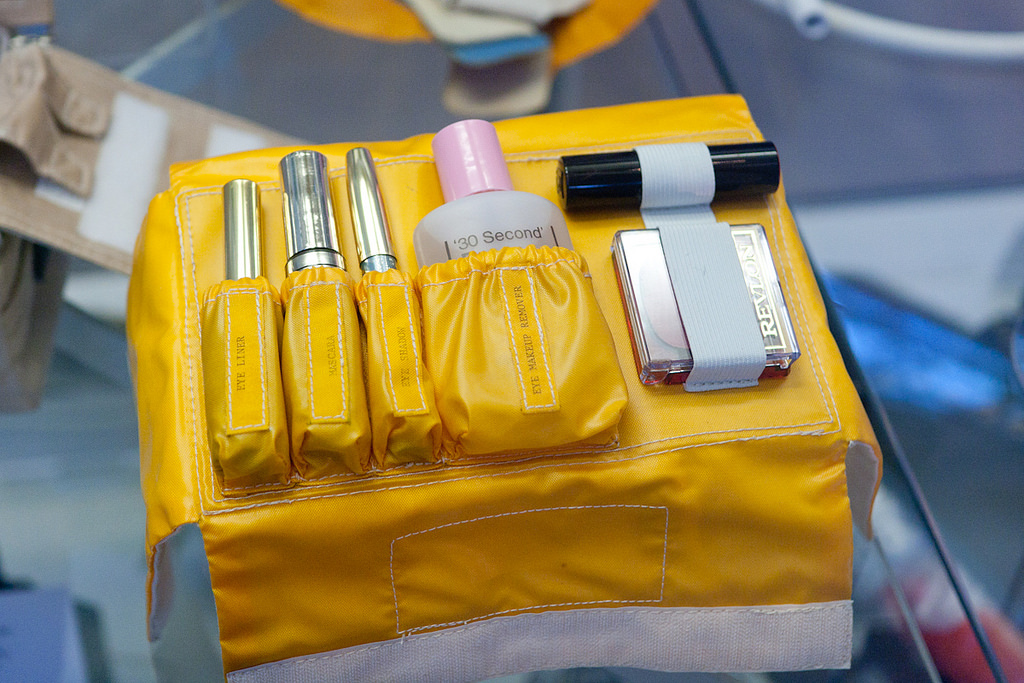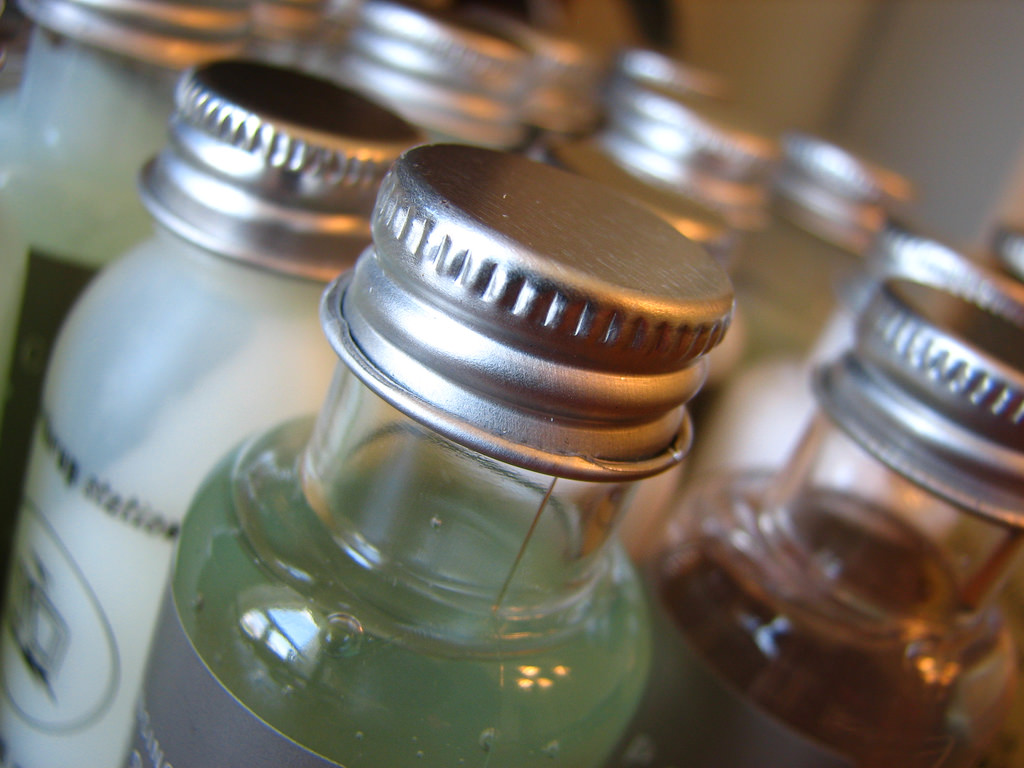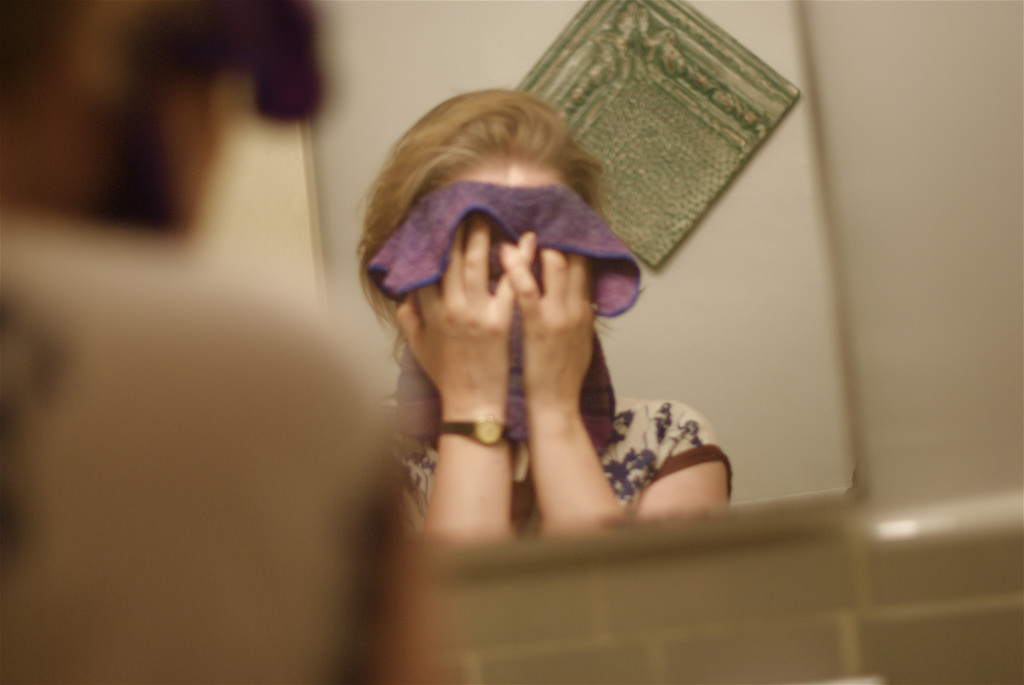
Image: Kenneth Lu
For many women, makeup is probably one of the best things ever invented. Although its use is still controversial for some groups but makeup is undoubtedly one of women’s go-to product when it comes to prettifying themselves. They help in covering the blemishes or the flaws on the woman’s face and they help in accentuating one’s assets. Because a lot of women think that these products are so good, they barely think that they can go bad.
Cosmetic products are quite unique when it comes to expiration dates. Unlike food items that come with ‘best before dates,’ giving you a guide as to when you can consume them, makeup works differently. The shelf life of most skin care products depend on when it is opened, how it is stored, and the type of packaging it has.
If you look closely enough on the packaging of your cosmetic product, you will notice a PAO (Period After Opening) symbol.
What is PAO?
Most skin care products have the PAO symbol which serves as a guide as to when you should throw the product after you’ve opened it. This symbol usually comes with the letter ‘M’ which stands for months and a number before it. Hence, if you notice a PAO symbol which says 3M, that simply means you can use the product within 3 months after it is first opened.
Risks of Using Expired Cosmetic Products
Like most products, expiration dates (or the PAO symbol in makeup) serve a good purpose. In food, expiration dates guide you as until when you can consume the food or else you’ll end up with an upset stomach. It’s almost the same thing with cosmetic products.
Cosmetic items can trap bacteria. When you keep on using ‘expired’ makeup, you are at risk of ruining your skin. You can end up with breakouts, skin rashes, irritation, eye infection, and stye.
The consistency of the product also changes over time. This simply means that the makeup you love may not be as good as it was when you first used it. This is true for almost every cosmetic product – from your lipstick to your mascara.
The efficiency of certain ingredients in some products is also altered over time. So, you can’t expect to get the same amount of sun protection from your expired foundation with SPF.
These are the reasons why it’s very important especially if you’re using makeup regularly to know when your favorite items would expire.
When to Throw Your Makeup
Cosmetic products have varying expiration dates. You have to remember that the more moisture the product has and the closer it comes to the eyes, the shorter is its lifespan once it is opened. Here’s a guide as to when you should throw your makeup:
Foundation
Generally, foundation has a shelf life of 6 months to a year. A good way to tell if you need to throw it away is when you start noticing that it’s separating.
You can keep your foundation germ-free for long by dripping the formula at the back of your hand instead of using your fingers to get it.
Concealer
In order to give you that silky, smooth complexion, concealer uses hydrating agents. So, when your concealer starts drying out, throw it immediately. It’ll cause you breakouts if you continually use it.
Lipstick
Most lipstick has a shelf life of 1 year. However, when you start noticing a change in its texture like when it starts to dry out, throw it out. Using expired lipstick can cause swelling or inflammation on your lips.
Mascara
Since mascara is one of those items that have more moisture in it, this makeup usually has a shelf life of 6 months or shorter. If you notice your mascara smelling weird or when it starts to get clumpy, it’s time to throw it out. Continually using it can give you eye infections.
Powder and Blush
Powder and blush are perhaps the makeup items that can last quite long. They typically have a shelf life of 2 years. But like anything else, if you notice any changes in them, don’t hesitate to toss them in the bin.
Keep in mind these guidelines the next time you buy cosmetic products. After all, you don’t want to have breakouts while you’re trying to keep yourself pretty.




